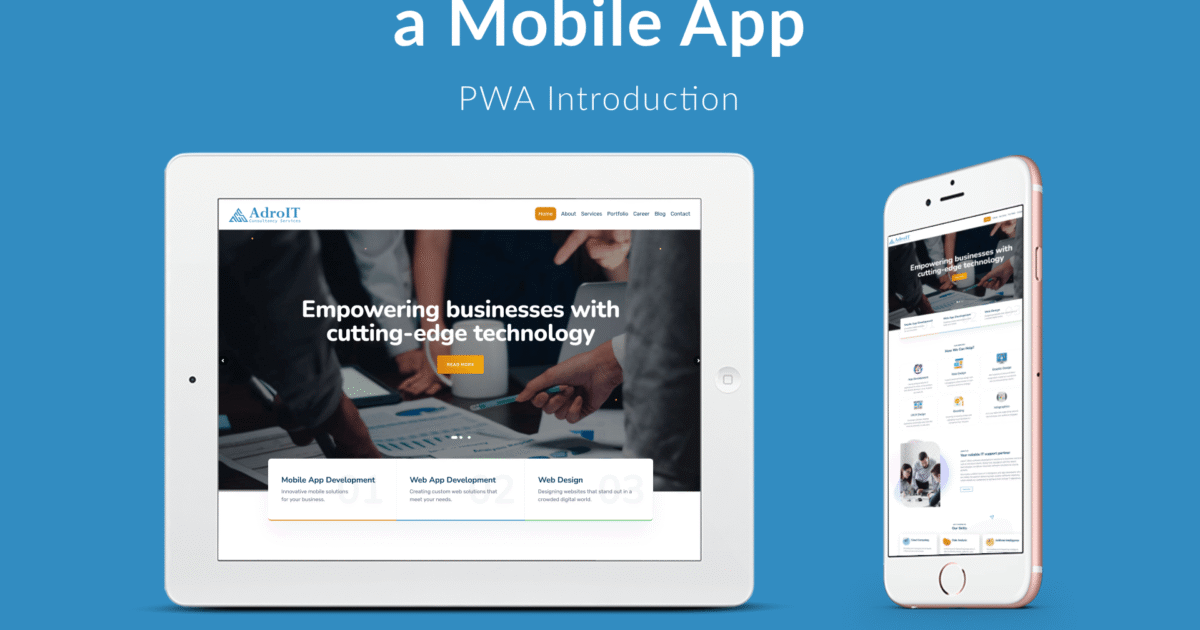Unleashing the Power of Nx.io
Introduction: Features and Benefits for Next-Level Development In the ever-evolving landscape of software development, staying ahead of the curve is crucial. One platform that's been making waves in the developer community is Nx.io. This...







